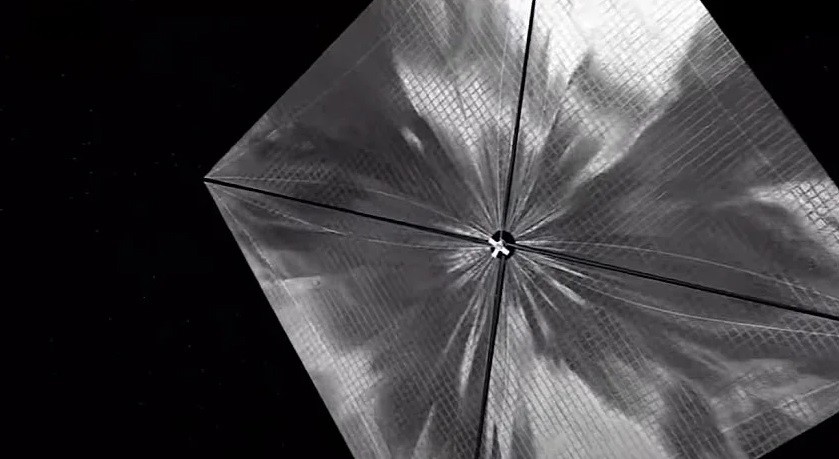

NASA, in collaboration with Redwire and NeXolve, has achieved a pivotal milestone in solar sail technology. The focus is on developing a sail made of a polymer material coated with aluminium, resembling aluminium foil, to propel spacecraft using the light of the Sun.

Solar sails, akin to sailboats on Earth, capture sunlight using large sails, propelling the spacecraft forward. The NASA project incorporates four identical solar sail quadrants, each with a surface made of a polymer element coated with a thin layer of aluminium, measuring just two and a half microns in thickness. This combination creates a lightweight yet effective mechanism for capturing solar energy.
Testing the unfurling capability – NASA's brilliance
A recent test at the Redwire facility in Colorado marked a significant achievement. Though only one quadrant was deployed, measuring 4,445 square feet, it validated the deployment technology and method, paving the way for further advancements.
Implications for space exploration
NASA envisions this solar sail technology as a game-changer in space missions. The agency is considering deploying solar sails for missions focusing on space weather and exploratory missions to new orbits around the Sun. The proximity to the Sun makes planets like Venus and Mercury ideal targets for solar sail-powered missions.
Future possibilities and beyond
Despite their advantages, solar sails may not be the optimal choice for deep space missions due to decreasing light propulsion effectiveness. NASA, however, contemplates using lasers to enhance propulsion, potentially accelerating spacecraft fast enough to reach other stars.
NASA's successful test of the solar sail technology, featuring aluminium-coated polymer material, opens new avenues in space exploration. The lightweight and reflective properties of aluminium foil play a vital part in harnessing solar energy for propulsion, marking a significant leap towards innovative space travel.
To know more about the use of aluminium foil in various industries, go through AL Circle's assorted industry report, Aluminium Foil and its End Uses.
Responses








